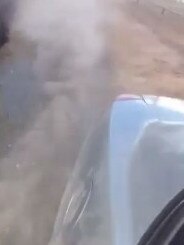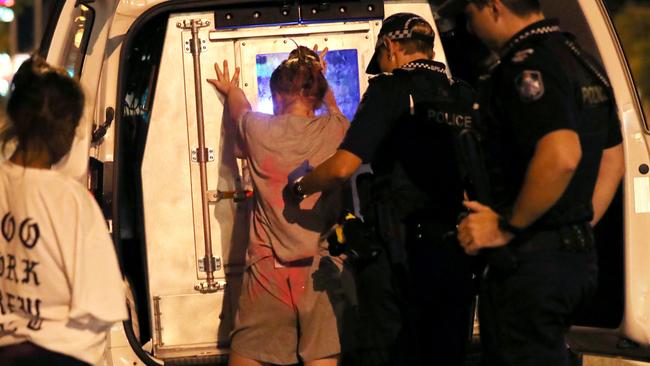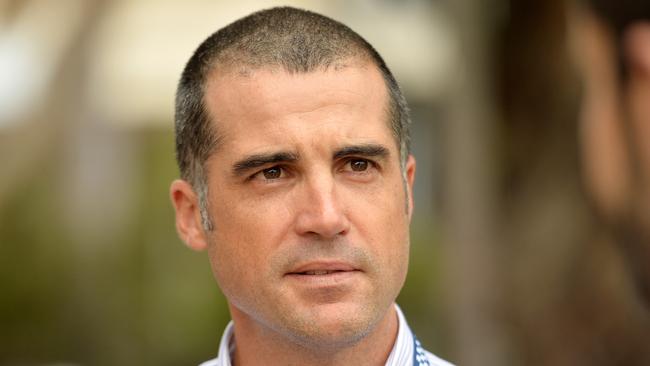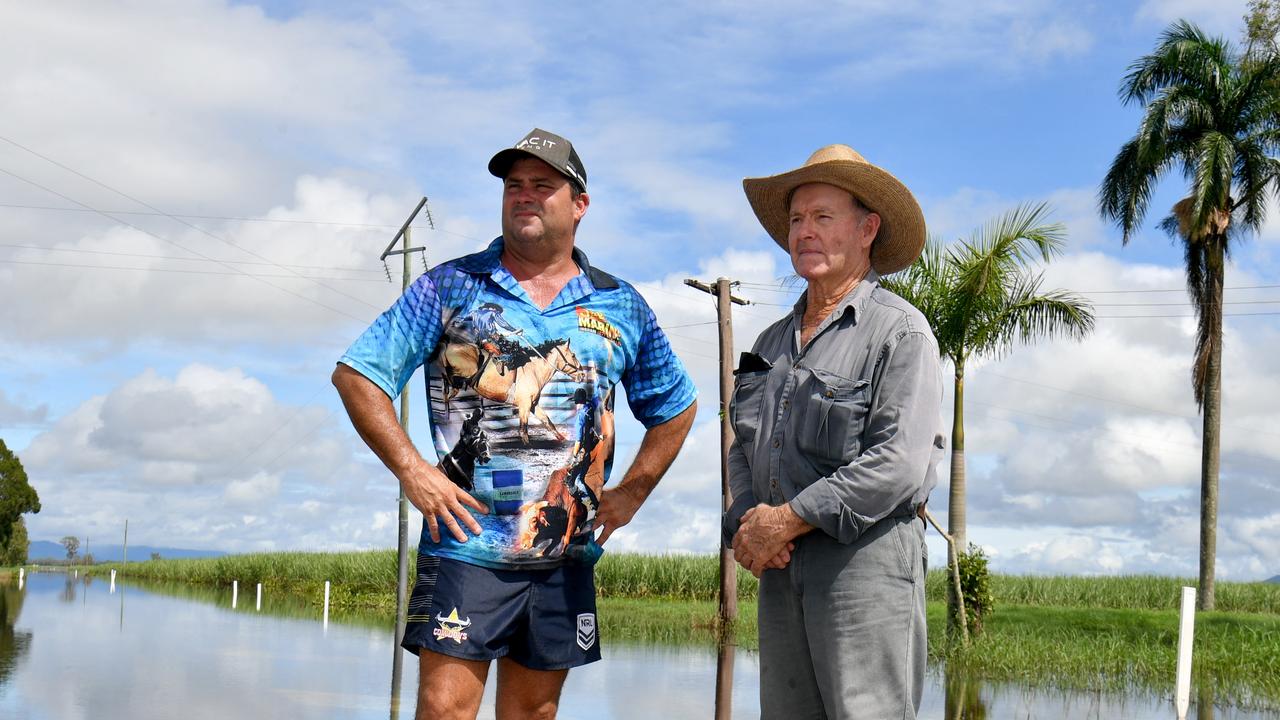Local hoons are turning to social media to show their illegal activies to a wider audience
It’s the early hours of the morning, homes are dark and residents sleeping, but the screeching of tyres can be heard echoing across suburban Townsville streets.
Townsville
Don't miss out on the headlines from Townsville. Followed categories will be added to My News.
It’s the early hours of the morning, homes are dark and residents sleeping, but the screeching of tyres can be heard echoing across suburban Townsville streets.
Inside these cars, which are often suspected stolen, are juveniles blasting loud music and recording their illegal antics for the social media world to see.
This is the reality of a group of juveniles who have branded themselves on social media under an exclusive, criminal account name.
The Bulletin investigated at least six accounts under the same slogan, which cannot be named for legal reasons, and most were slugged with the hashtag WDT2P- “we don’t talk to police”.
RELATED
• Youth Justice Act changes frustrate lawyers and cops as kids on bail run riot in Townsville
• $2M in drugs, 58kg weed found in huge drug raid across four months
• Police crime data reveals huge spike in break-ins, stolen cars the worst in years
Shocking videos of children driving around on joy rides, doing burn outs, skids and speeding excessively have been posted to their matching accounts in the gang-like affiliation.
Children are captured hanging out windows while another records it all for social media.
Townsville police are aware of these juveniles, but deny they are a part of a gang.

“It’s merely a slogan used by one particular criminal element of our community, some of which associate together,” Property Crime Unit officer-in-charge Detective Sergeant Tony Flanders said.
All the accounts are public, an aspect James Cook University criminologist Dr Mark David Chong said was a twisted way of asserting their status among other criminals.
The criminology and justice studies senior lecturer said there was five main reasons young offenders used social media – building status, communication, recruitment, creating an identity and keeping a record.

Unlike most, Dr Chong said juvenile offenders felt minimal shame in sharing their illegal activities and they even thought it was “logical”.
“There may be initially very little guilt felt by these young offenders about committing the actual crime in the first place,” he said.
“(Social media) is an effective and efficient way to build their reputations quickly among their peers as well as significant others through publicly showing-off their deviant and criminal exploits.
“The interactive nature of such media platforms is key to this self-identity building process as it allows for observer commentary and dialogue.”
Social media has also played a positive role in preventing crime, with the inception of Facebook accounts run by Townsville residents who spend their spare time posting about breaking crime news.

The Queensland Police data shows 41 reports of car theft at Townsville in the last week- amounting to at least five each day.
The offending peaked on Tuesday with five stolen car incidents reported.
In the last three months, 55 juveniles have been charged with at least one offence each of unlawful use of a motor vehicle.
Of the offenders, 34 were juvenile males.
Earlier this month, a group of juveniles were charged for stealing a car and allegedly taking it on a dangerous joy ride through the city.
An innocent motorist was ripped from her car in the ordeal.
Just last week, an 11-year-old boy allegedly held his carers at random with a screwdriver and fork from the back of a car.
Despite the rise of a social media, Dr Chong said young people would still find a way to promote their illegal activities through traditional means if social media did not exist.
“In theory though … youth crime could perhaps decrease if such social media platforms were not being used by these young offenders,” he said.
Dr Chong said there was eight primary social media platforms being used by young offenders, including Facebook, YouTube, Snapchat, Instagram and Tik Tok.

All of the platforms pose the unavoidable risk of copycat crime, but Dr Chong said young offenders were less likely to commit crime alone.
“Generally speaking, young adults, children and adolescents crave each other’s company – to socialise with one another or just to feel safe, particularly if their home life is especially challenging or dysfunctional,” he said.
“They want to see and be seen by their peers, to feel respected and valued for who they are. In the vast majority of these interactions, young adults, children and adolescents do not commit crime.
“That said, when you have young people coming together, emotions and hormones tend to run quite high, and in the absence of sufficient prosocial interesting and exciting activities to partake in … the chances of deviant and even criminal acts being committed are relatively high. “
Dr Chong said the risk was even greater if juveniles were not supervised at night.
He said solving the whole issue was difficult and complex, but services needed more support and guidance from key indigenous organisations to create a more “comprehensive culturally appropriate” strategy.

Det Sgt Flanders encouraged members of the public to report any videos or photos of illegal activity posted to social media.
Originally published as Local hoons are turning to social media to show their illegal activies to a wider audience


